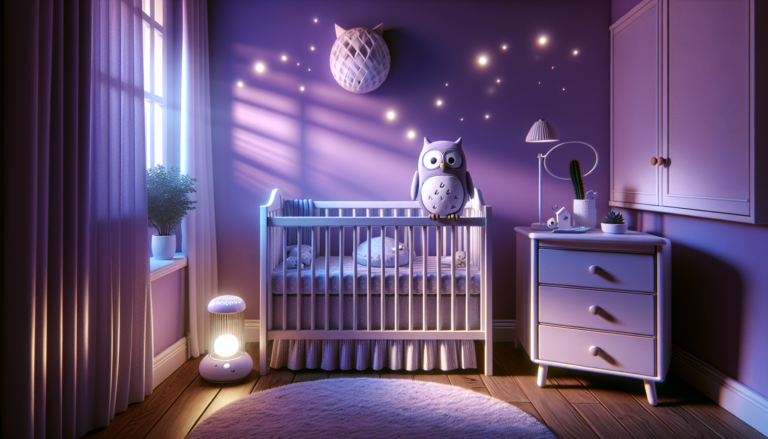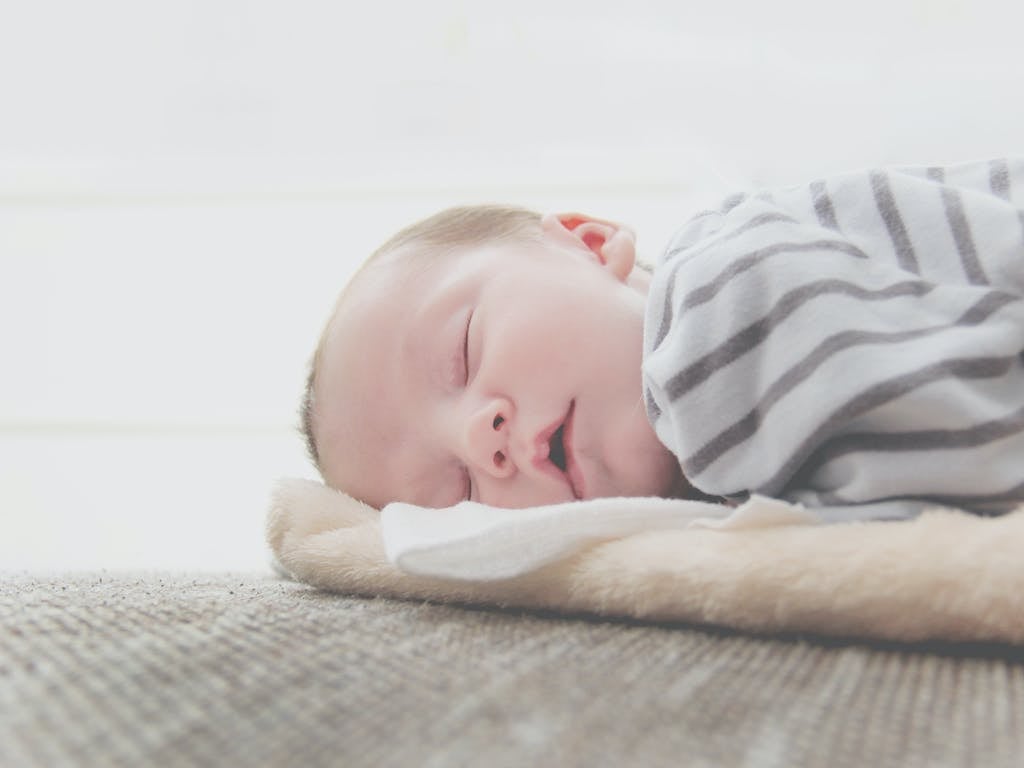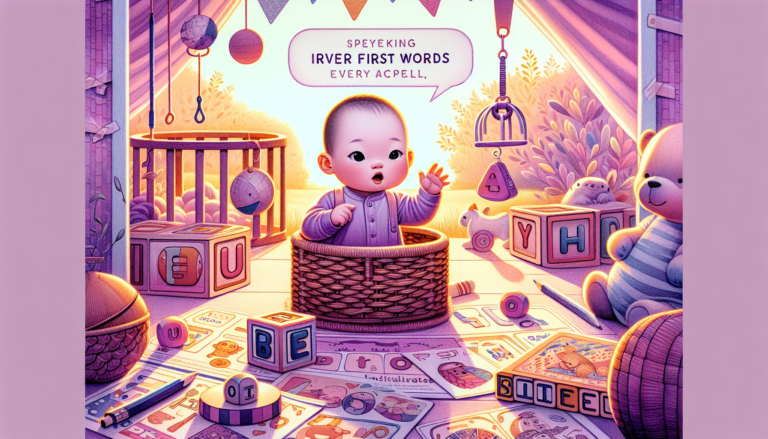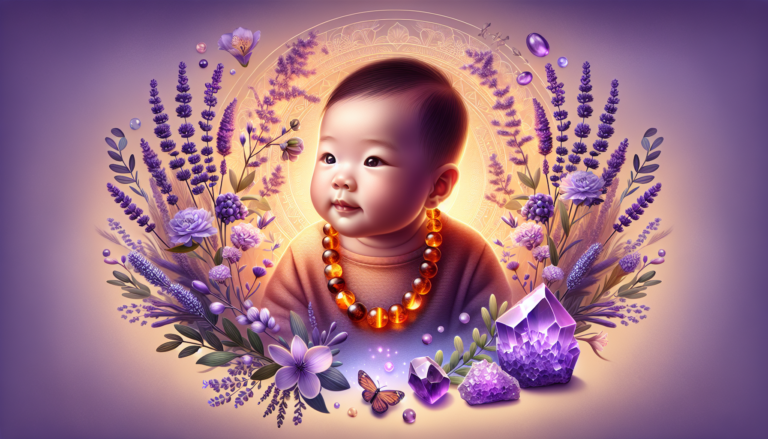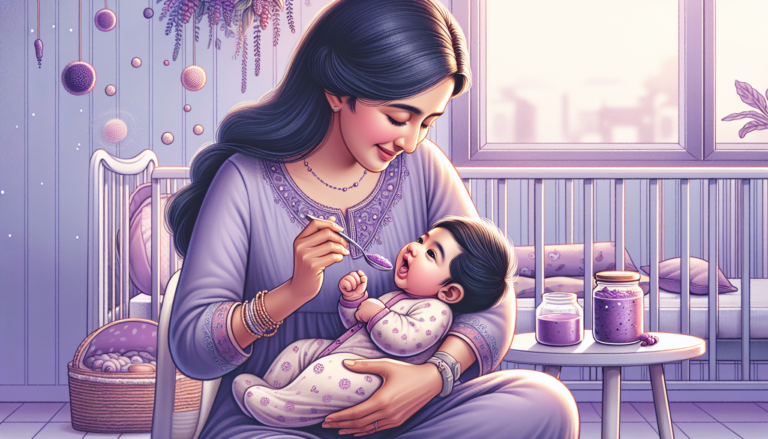Color Psychology for Baby Nurseries: Choose the Right Palette
The right color palette in your baby’s nursery can significantly impact their mood and development. Imagine standing in the paint aisle, the endless colors before you a kaleidoscope of potential for your baby’s first room. It’s a decision that feels as weighty as choosing a name—a hue that could shape their tiny world.
In the midst of nesting, you’re faced with a sea of color swatches—each one promising a different effect on your little one’s wellbeing. It’s a canvas of possibilities that can be both exhilarating and overwhelming.
Drawing from a blend of color psychology and personal experience, I’ll guide you through choosing the perfect palette to nurture your baby’s growth. Together, we’ll explore how to create a sanctuary that supports peaceful slumber and vibrant learning.
Let’s embark on this colorful journey, ensuring your nursery is not just a room, but a cradle of positivity for your baby’s future.
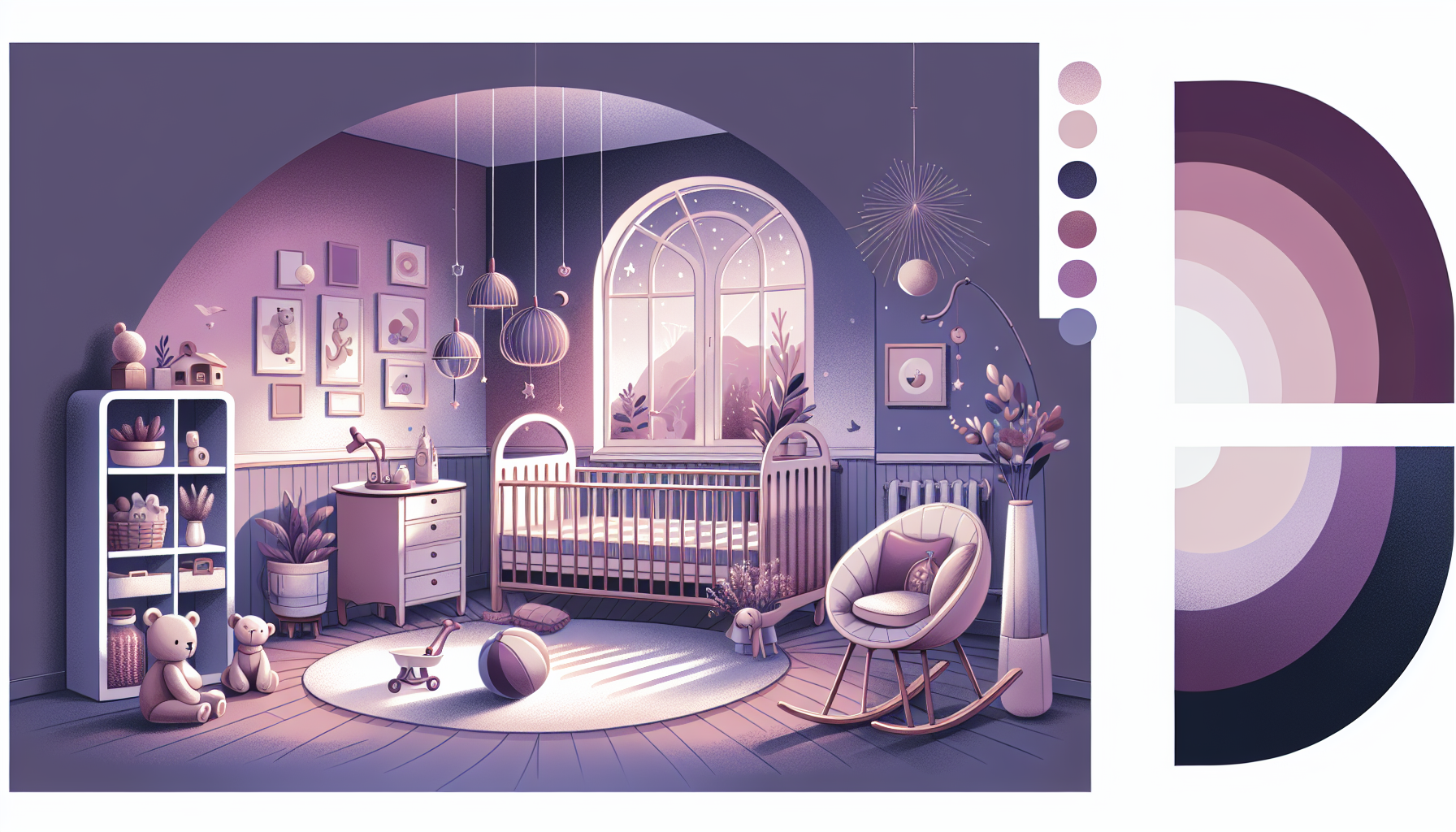
How Does Color Affect a Baby’s Mood and Development?
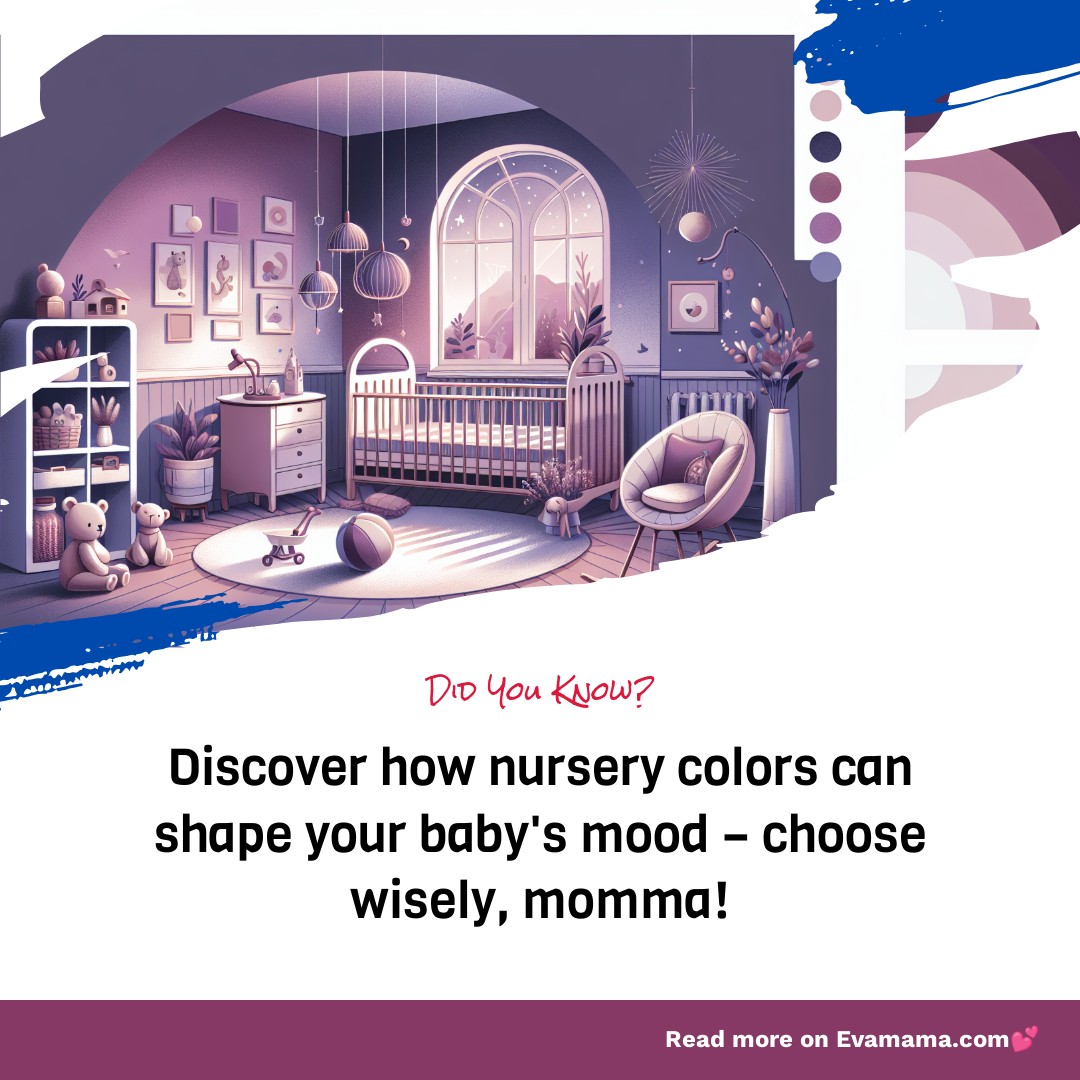
The Science of Color and Infant Emotions
Imagine you’re painting a canvas that will shape the mood and development of your little one. The colors you choose are more than just decorative; they’re a part of your baby’s emotional language. Studies in color psychology suggest that certain hues can evoke different feelings and behaviors in infants. For example, soft blues and greens are often associated with calmness and can be soothing for your baby’s nursery.
Cognitive Growth Stimulated by Color Choices
As you select colors for your baby’s room, consider how they can contribute to cognitive development. Bright and contrasting colors can stimulate a baby’s vision and curiosity, aiding in brain growth. Incorporating a variety of colors can help develop their ability to distinguish and prefer certain shades, which is a stepping stone in cognitive development.
Sleep Patterns Influenced by Nursery Hues
You’ve probably noticed how certain colors can affect your baby’s sleep. Darker, cooler colors tend to promote better sleep, while bright or warm colors might keep your baby more alert. Integrating calming colors like lavender or light blue into the nursery can help create an environment conducive to restful sleep.
Balancing Stimulation and Calm in Color Selection
It’s all about balance. While vibrant colors can be exciting and stimulating, too much can be overwhelming for your baby. On the other hand, an overly subdued palette might not provide enough sensory stimulation. Striking the right balance with a mix of calming and stimulating colors can create a harmonious space for your baby’s growth.
Developmental Stage Considerations in Color Psychology
As your baby grows, their reaction to colors evolves. Newborns see high-contrast patterns best, so incorporating these into your nursery design can be beneficial. As they grow, babies start to perceive a wider range of colors, and you can adapt the nursery’s palette to suit their developing eyesight and preferences.
Creating a Nurturing Environment with Color
Your ultimate goal is to create a nurturing environment that supports your baby’s emotional and developmental needs. Think of the nursery as an ecosystem where every element, including color, plays a needed role in your baby’s well-being. By choosing a thoughtful color palette, you’re setting the stage for a positive and enriching atmosphere.
Table: Color Impact on Babies
| Color | Mood Influence | Developmental Benefit |
|---|---|---|
| Blue | Calming | Sleep promotion |
| Green | Soothing | Calmness |
| Yellow | Stimulating | Attention and memory |
| Red | Exciting | Visual stimulation |
| Pink | Comforting | Emotional warmth |
Harnessing Hues: Crafting the Perfect Nursery Palette
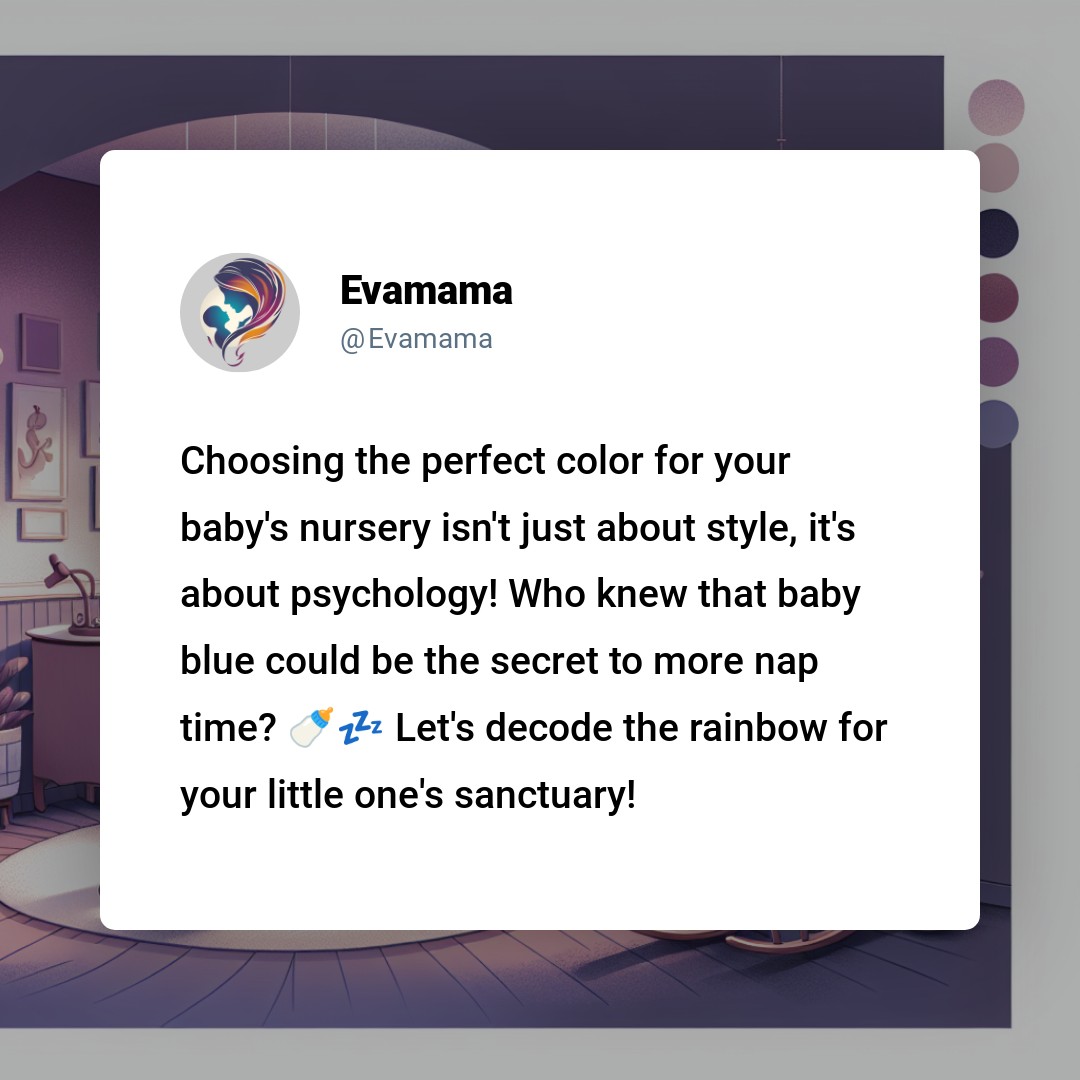
The Science of Color: How Hues Affect Your Baby’s Development
You’ve probably heard that colors can influence mood and behavior, but did you know this starts right from infancy? Pediatricians and childhood development specialists agree that the colors you choose for your baby’s nursery aren’t just about aesthetics; they’re about nurturing growth and well-being. For instance, soft blues and greens are often recommended for their calming effect, which can be beneficial for sleep and tranquility.
Gender-Neutral Nurseries: Beyond Pink and Blue
Gone are the days when pink and blue dictated the decor of a baby’s room. Today, gender-neutral color schemes are not only modern and stylish but also encourage a more inclusive environment. Consider earthy tones like beige, taupe, or soft yellow. These shades offer a serene backdrop that’s perfect for any baby, regardless of gender, and they have the added benefit of adapting well as your child grows.
The Role of Patterns: Stimulating Versus Soothing
While solid colors are a safe bet, incorporating patterns can be equally impactful. Stripes or geometric shapes in muted colors can provide visual interest without overwhelming your baby’s developing senses. On the other hand, avoid overly busy patterns that might overstimulate a baby, especially in areas designated for sleeping.
The Power of Green: Nature’s Nurture
Green is a color that embodies nature and growth, making it an excellent choice for a nursery. It’s associated with health and tranquility, and it can be a versatile player in your color palette. From sage to olive, there’s a shade of green that can work with almost any nursery theme.
Incorporating Color Through Accessories
If you’re hesitant to commit to a color on the walls, start with accessories. A colorful rug, curtains, or artwork can introduce color without permanence. This approach allows you to experiment with different shades and see how they affect the room’s ambiance and, more importantly, your baby’s response.
The Impact of Lighting on Color Perception
Creating a Harmonious Space: The Color Wheel at Work
To create a harmonious space, consider the color wheel. Complementary colors, which are opposite each other on the wheel, can create a vibrant yet balanced look. Analogous colors, which sit next to each other, offer a more subtle and cohesive feel. Use these relationships to pick colors that will coexist peacefully in your nursery.
The Psychological Impact of Pastels: Soft and Subtle
Pastels are a classic choice for nurseries for a good reason. These lighter tints are less likely to overstimulate your baby’s senses and can create a soothing atmosphere. Soft pinks, blues, and greens can be comforting and may even help to soothe a fussy baby.
The Bold and the Beautiful: When to Use Vibrant Colors
While soft colors are generally recommended for a nursery, a splash of vibrancy can be beneficial too. A bright accent wall or bold piece of furniture can provide a focal point and stimulate creativity and imagination as your child grows. Just be mindful of balance; too much intensity can be overwhelming.
The Final Touch: Personalizing with Color
Table: Color Recommendations and Their Effects
| Color | Effect on Baby | Best For | Notes |
|---|---|---|---|
| Soft Blue | Calming | Sleep Areas | Mimics the sky, promotes calm |
| Soft Green | Soothing | Play Areas | Evokes nature, encourages growth |
| Beige/Yellow | Neutral | Any Area | Adaptable, warm |
| Pastels | Comforting | Nursery | Gentle on the senses |
| Bright Accents | Stimulating | Focal Points | Use sparingly for balance |
In crafting your baby’s nursery, That color is more than just a visual element; it’s a tool that can shape your child’s early experiences. By choosing the right palette, you’re setting the stage for a nurturing and stimulating environment where your little one can thrive.

